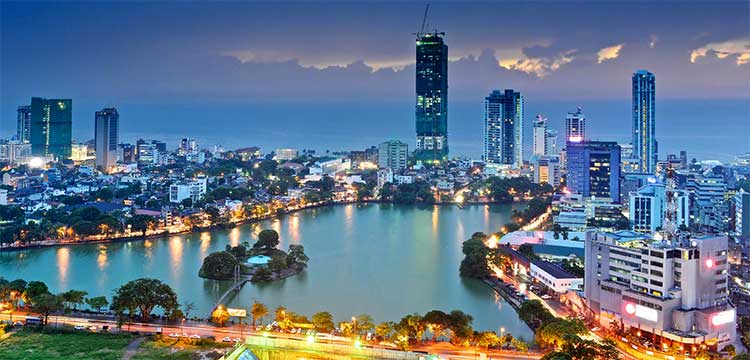The World Bank (WB) yesterday revealed that growth in Sri Lanka is forecast to decelerate to 3.5% this year, reflecting the scarring effects of the crisis, structural impediments to growth, and heightened global economic uncertainties.
Sri Lanka grew by 5% in 2024 in a sign of recovery following two years of negative growth.
The WB in its Global Economic Prospects publication also said Growth in SAR is expected to slow to 5.8% in 2025 as rising trade barriers weigh on exports, dampen business confidence, and weaken investment in the region. Growth is then set to increase to 6.2% a year, on average, in 2026-27, supported by improving activity in India and accelerations elsewhere, broadly consistent with the region’s potential growth estimates.
India is projected to grow at 6.3% in FY2025/26. The forecast has been downgraded by 0.4% relative to January projections, with exports dampened by weaker activity in key trade partners and rising global trade barriers. In the next two fiscal years, starting in FY2026/27, growth is expected to recover to 6.6% a year, on average, partly supported by robust services activity contributing to a pickup in exports.
Excluding India, regional growth is forecast to inch up to 3.6% in 2025 and firm to 4.4% a year in 2026-27, on average. Growth in Bangladesh is projected to increase to 4.9% in FY2025/26 and 5.7% in FY2026/27, with an expected rebound in investment, predicated on improving political stability and the successful implementation of reforms. In Pakistan, growth is expected to strengthen to 3.1% in FY2025/26 and 3.4% in FY2026/27, aided by contained inflation and declining borrowing costs. The projected strengthening of growth in Bhutan and Nepal partly reflects an expansion of hydroelectricity generation.
In Maldives, GDP is expected to expand by 5.7% this year and then moderate to 5.3% in 2026, partly reflecting global trade uncertainties and projected weakening in external demand. Growth in Afghanistan is envisaged to remain subdued at about 2.2% in FY2025/26 (late-March 2025 to late March 2026), due in part to disruptions in aid from donor countries.
The report stressed that key risks for South Asia include possible further intensification of trade barriers from major trading partners and heightened global trade policy uncertainty. Higher-than-expected global inflation and a decline in risk appetite could lead to a tightening of global financial conditions, potentially weakening currencies in the region and causing capital outflows. Other downside risks include the possibility of a surge of violence and social unrest in the region, as well as more frequent and severe natural disasters.
